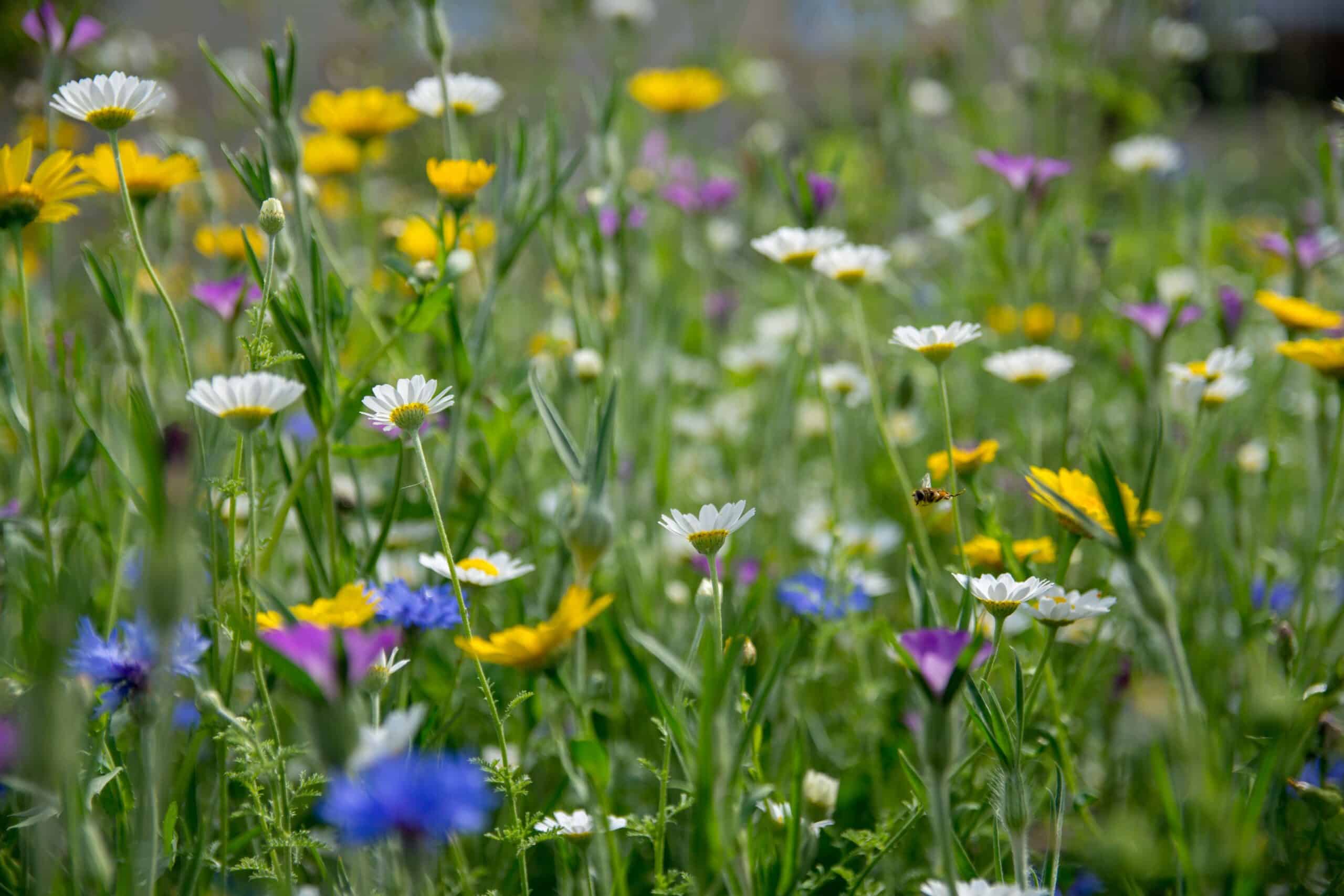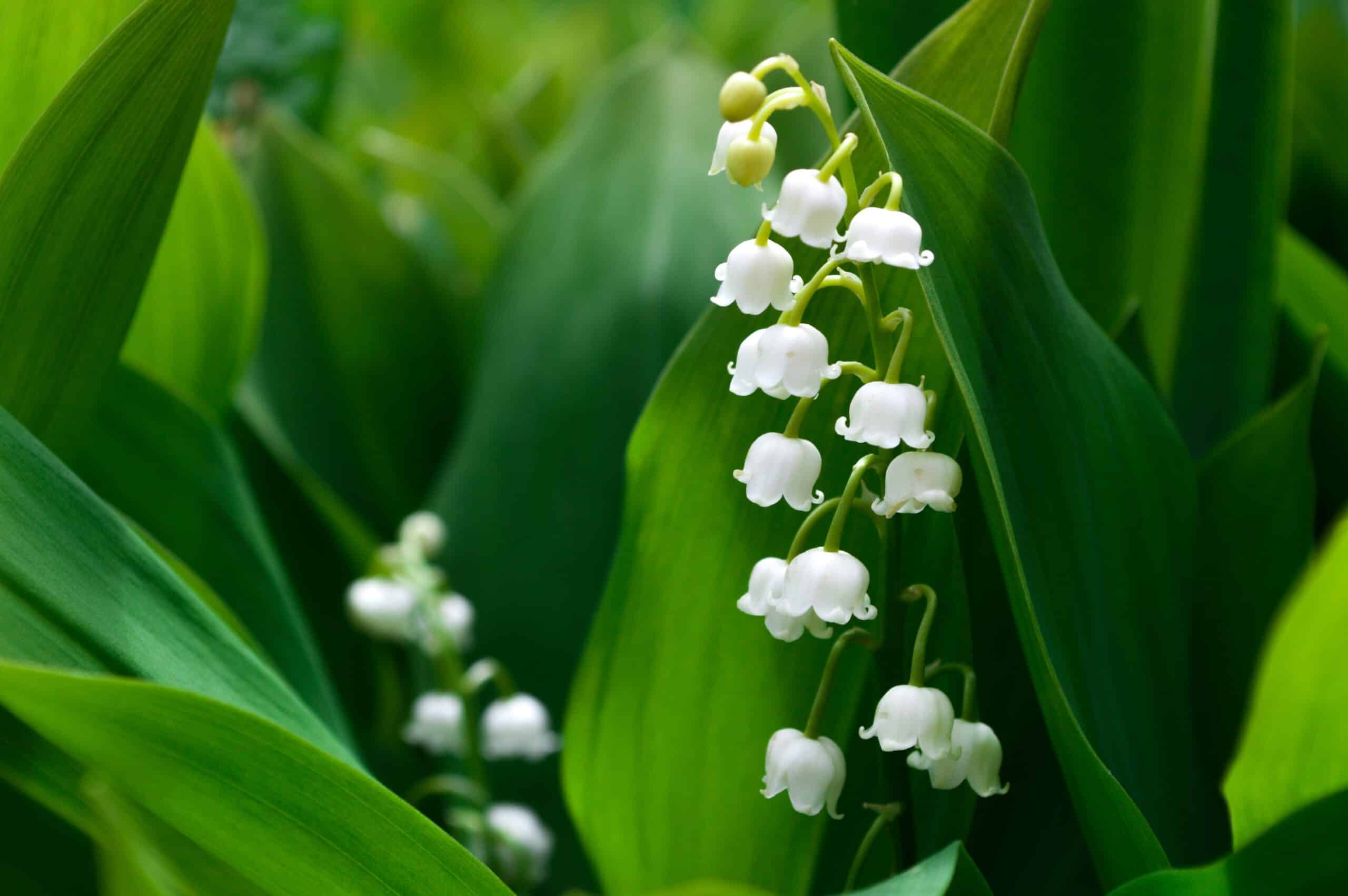Buttercups are a cheery, bright addition to any spring or summer garden. With their bright yellow flowers and low maintenance, buttercups are a long-time favorite among gardeners. Here are some tips to help you on How to Care for Buttercups to thrive.
Planting
Buttercups grow easily from seed or transplant seedlings. Plant seeds 1/4 inch deep in spring after the danger of frost has passed. The soil should be moist but well-draining. Full sun to partial shade exposures works well. Space seeds 6 to 12 inches apart for optimal growth. Transplant seedlings in spring once they have 2 to 4 true leaves. Make sure the crowns are just above the soil line. Water well after transplanting and give them partial shade for the first week to help them adjust to their new environment. Providing some shade will reduce transplant shock.

Soil and Fertilizer
Buttercups prefer nutrient-rich, moist but well-drained soil with a pH between 6 and 7. Add compost to sandy soil before planting to increase the organic matter and moisture retention. Loosen the top few inches of existing clay soil to improve drainage and allow roots to spread more easily. Clay soils can easily become compacted.
Buttercups do not typically require any fertilizer. However, you can work a balanced, slow-release fertilizer into the soil in spring after planting or transplanting to give plants a boost, especially in poor soil. Skip fertilizer if your soil is already rich in nutrients. A soil test can help determine if fertilizer is needed.
Watering
Buttercups prefer evenly moist soil but cannot tolerate soggy, waterlogged conditions. Check the soil a couple of inches below the surface and water when the top few inches start to feel dry. Water deeply and infrequently to encourage deep root growth. Shallow watering encourages shallow roots. During hot or dry spells, water thoroughly every 5 to 7 days to replenish moisture. Monitor soil moisture and cut back on watering if rains are frequent.
Mulch
Adding a 2- to 3-inch layer of organic mulch, like shredded leaves, straw, or compost around your plants helps conserve moisture, suppress weeds, and keep the soil temperature even. This reduces moisture loss so you have to water less frequently. Organic mulch also improves the soil as it breaks down. Be sure to keep mulch pulled back a few inches from the crown to prevent rot.

Pruning
Buttercups typically do not require much, if any, pruning. The spent flower stalks may be removed in late summer or fall if desired, about 6 to 8 inches above the ground. Do not remove all of the stalks at once; leave a few to resprout the following year. Removing all stalks can reduce next year’s bloom. Pruning shears or garden scissors work well for cutting back stalks. Disinfect tools between cuts to prevent disease spread.
Pests and Diseases
While butterfly cups are fairly low maintenance, some common problems to watch for include aphids, slugs, and fungal leaf spots. Monitor plants frequently for signs of pests or disease.
Aphids can cause yellowing or curling leaves. Control minor infestations by spraying plants with a strong jet of water to knock them off. For heavy infestations, apply insecticidal soap or neem oil. Ladybugs are natural predators that can help control aphid populations.
Slugs can be hand-picked and destroyed or trapped in beer or slug bait. Check under leaves and mulch for hiding slugs. Fungal leaf spots cause brown or yellow blotches on leaves. Improve air circulation and prevent leaf wetness to reduce disease recurrence. Promptly prune off severely damaged leaves to prevent spread.
Fall Care
As fall approaches, buttercups will begin to slow their growth and flower production as daylight hours decrease. Continue watering as needed during dry spells to keep plants stressed going into winter. Once temperatures begin to consistently dip below 50°F, stop watering to harden off the plants for winter dormancy. Gradually reducing water helps prepare them for colder temps.
Leave the stalks intact over winter to provide visual interest and shelter for beneficial insects like ladybugs and lacewings. The dead foliage also helps insulate plant crowns from cold damage. Cut back any remaining foliage in early spring before new growth emerges.
Winter Protection
In colder climates, provide extra winter protection for buttercups. Lay down a 2- to 3-inch layer of mulch such as chopped leaves, straw, or evergreen boughs over the bed. The mulch insulates the soil and plant crowns. Alternatively, mound soil or mulch up around the base of the plants to about 6 inches high to protect the crown.

Container Care
Buttercups also make lovely additions to container gardens. Their bright flowers can provide a pop of color. Choose a pot at least 12 inches wide and 8 inches deep with good drainage holes. Use a quality potting mix designed for containers to provide the drainage buttercups need. Water regularly, especially in warm weather, but allow the top inch of soil to dry out between waterings to prevent root rot.
Fertilize container buttercups monthly from spring through fall with a balanced liquid fertilizer to replace nutrients that leach out with watering. Move containers to a protected, cool spot in the fall before the first hard frost. Overwinter containers in an unheated garage or shed, or store empty pots outside and replant in fresh mix in spring after danger of frost.
Varieties to Consider
‘Early Chrysanthemum‘ blooms profusely with large yellow flowers from early spring to midsummer. It has a long bloom period. ‘Cloth of Gold’ features densely packed, golden double flowers and a lovely rounded form for a beautiful display. ‘Bright Star’ produces dramatic 25-centimeter-wide flowers that last up to a month on sturdy stems great for cutting. Enjoy experimenting with different buttercup varieties to discover your favorites. The options offer a range of flower sizes, forms, and bloom times.

What we love from Amazon this week
Buy these wonderful flowers directly from Amazon:















